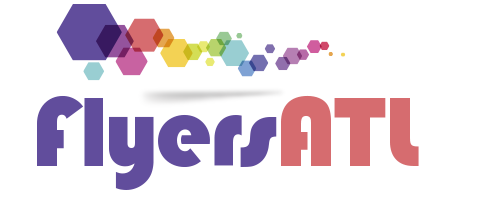Single-reverse and double-sided printing refer to two different printing methods that determine how content is printed on both sides of a sheet of paper. Let’s explore the differences:
- Single-Reverse Printing: Single-reverse printing, also known as simplex printing, is a printing method where content is printed on only one side of the paper. This means that when you print a document using single-reverse printing, the printer will print on one side of the paper, and the other side will remain blank.
Advantages of Single-Reverse Printing:
- It is generally faster and requires less processing time since only one side of the paper needs to be printed.
- It consumes less ink or toner since only one side of the paper is used.
Disadvantages of Single-Reverse Printing:
- If you want to print on both sides of the paper, you need to manually flip the pages after the first side is printed, which can be time-consuming for large documents.
- Double-Sided Printing: Double-sided printing, also known as duplex printing, is a printing method where content is printed on both sides of the paper. When you print a document using double-sided printing, the printer will automatically print on one side of the paper and then flip the sheet to print on the other side.
Advantages of Double-Sided Printing:
- It saves paper since both sides of the sheet are used, making it an environmentally-friendly option.
- For multi-page documents, it offers a convenient way to print on both sides without having to manually flip the pages.
Disadvantages of Double-Sided Printing:
- Double-sided printing may take slightly longer than single-reverse printing since the printer has to flip the paper to print on the second side.
- In some cases, double-sided printing may lead to a slightly higher cost per page due to the additional complexity of the printing process.
Choosing between single-reverse and double-sided printing depends on your specific needs and preferences. If you need to save paper and prefer the convenience of automatically printing on both sides, double-sided printing is a good option. On the other hand, if you have a small document and need the printing process to be faster, single-reverse printing might be more suitable.

